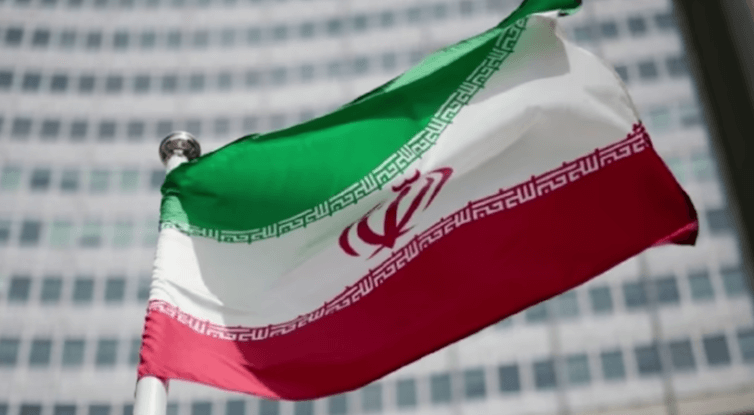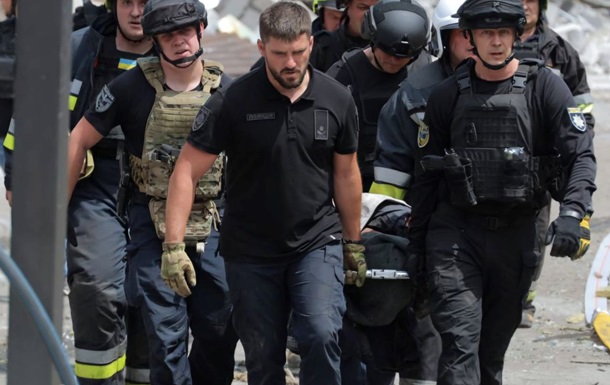Or Levy, Eli Sharabi and Ohad Ben Ami, as part of a ceasefire and hostage exchange agreement between Hamas and Israel in Deir al-Balah, central Gaza Strip, 8 February 2025. Photo: Hatem Khaled/ Reuters
The three Israeli hostages, Or Levy, Ohad Ben Ami and Eli Sharabi, released after 491 days of captivity in Gaza, are in serious condition. Doctors at Tel Aviv’s Suraski and Shiba medical centres, where they were taken by helicopter, reported that they had lost about 30% of their total weight, were in a state of extreme exhaustion and showed signs of prolonged hunger strike, The Jerusalem Post reported .
The hostages released from the Hamas vehicle could barely move, their gait was slow and unsteady. They looked extremely weak and exhausted, and their body mass index had dropped to critically low levels. Doctors state that this is one of the most severe cases of physical exhaustion among all the released hostages.
Consequences of extreme hunger strike
According to doctors, prolonged lack of calories, proteins and vital micronutrients can have catastrophic consequences for the body. Loss of fat and muscle mass, suppression of the immune system, heart disease, digestive problems and mental disorders are all consequences of months of malnutrition.
Refeeding syndrome, a dangerous reaction of the body to food after a long hunger strike, is a particular threat. A sudden resumption of nutrition can cause serious malfunctions in the cardiovascular system, kidneys and liver. That is why rehabilitation will take place gradually, under strict medical supervision.
The long road to recovery
The doctors emphasise that the process of recovery of the released hostages will be long and difficult. In addition to medical care, they will need intensive psychological support to overcome the trauma they sustained in captivity. Some of the consequences of physical and psychological exhaustion may be irreversible.
At the moment, medical teams are working to stabilise the injured, and Israel is closely monitoring their path to recovery.

















